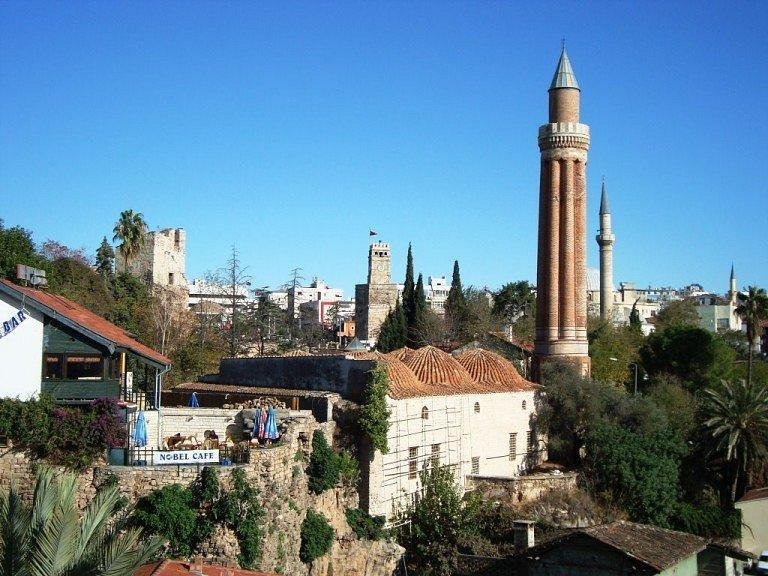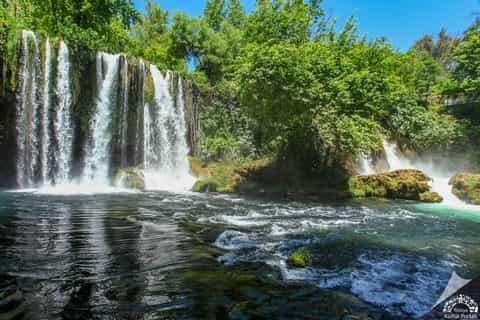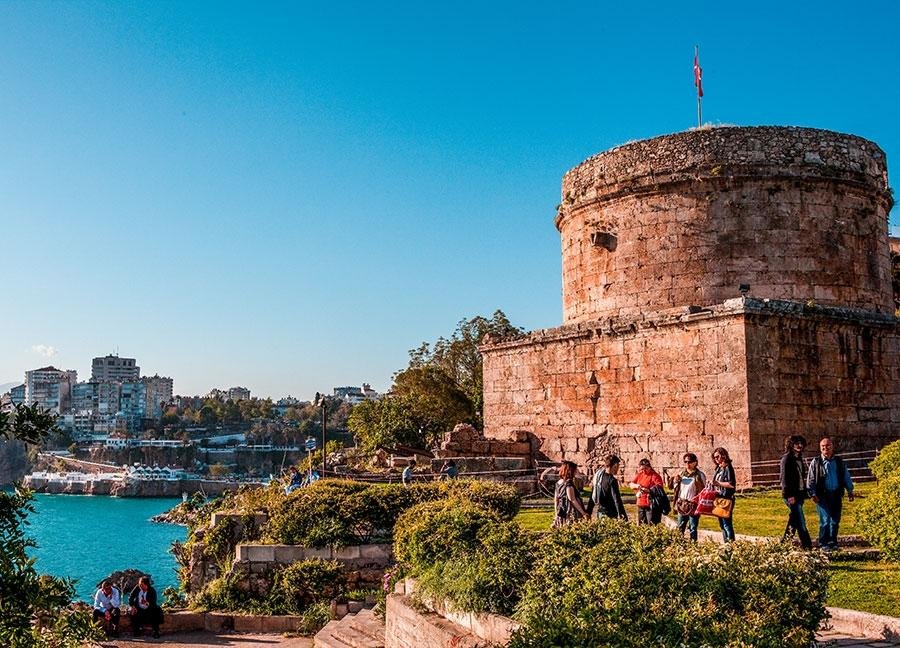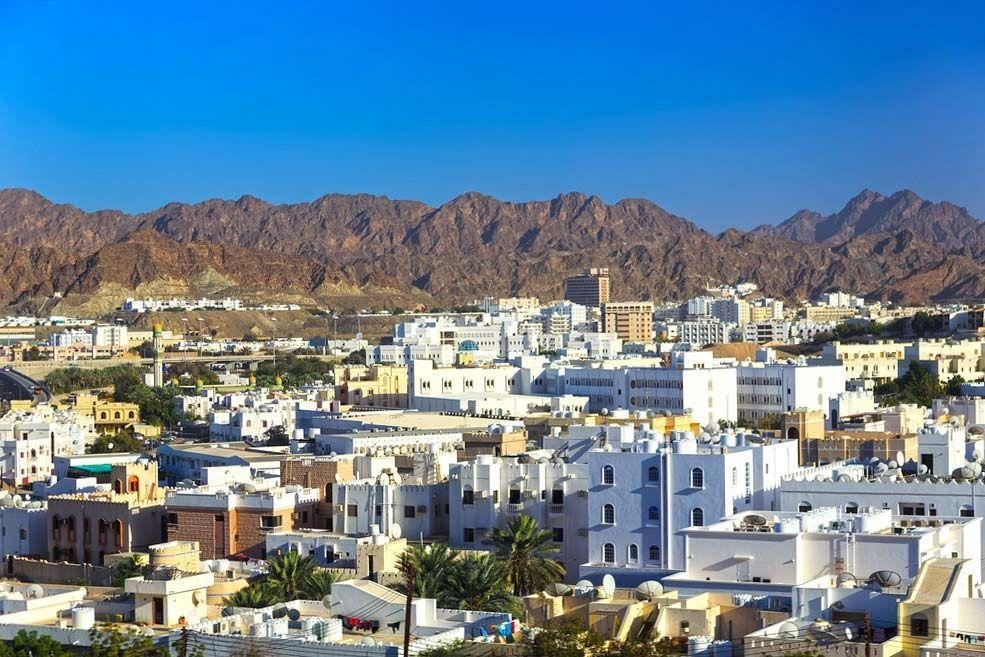Muscat, the capital city of Oman, is a captivating blend of traditional Arabian architecture and modern design, reflecti...
The Architectural Tapestry of Antalya: A Blend of History and Beauty

Antalya, a stunning city on Turkey’s southwestern coast, is renowned for its rich architectural heritage and breathtaking natural beauty. As a historical hub that dates back to ancient times, Antalya showcases a diverse range of architectural styles influenced by various civilizations, including the Romans, Byzantines, Seljuks, and Ottomans.

One of the city's most iconic landmarks is the Hadrian’s Gate, a triumphal arch built in honor of the Roman Emperor Hadrian’s visit in 130 AD. This magnificent structure features three beautifully carved arches and is adorned with intricate reliefs, serving as a remarkable example of Roman architecture. The gate symbolizes the entrance to the old city, known as Kaleiçi, where narrow cobblestone streets are lined with ancient houses and charming boutiques.
The historic Kaleiçi district is a treasure trove of architectural gems. The traditional Ottoman houses, with their wooden balconies and vibrant facades, reflect the region's rich cultural legacy. Many of these restored houses have been converted into boutique hotels, cafes, and shops, offering visitors a chance to experience the city's history firsthand.

Another architectural highlight is the Yivli Minare Mosque, a 13th-century mosque characterized by its distinctive fluted minaret. The mosque is a fine example of Seljuk architecture, featuring intricate stone carvings and beautiful tile work. Its minaret, which stands tall at 38 meters, is a prominent symbol of Antalya and can be seen from various points throughout the city.
The Antalya Museum, located just outside the city center, showcases the region's archaeological treasures. The museum’s modern design beautifully contrasts with its historical artifacts, highlighting the city’s rich history. The extensive collection includes artifacts from the Paleolithic era to the Byzantine period, providing a comprehensive overview of Antalya's cultural heritage.
The ancient city of Perge, located a short drive from Antalya, is a must-visit for history enthusiasts. This Greco-Roman site features impressive ruins, including a well-preserved theater, a stadium, and magnificent city gates. The stunning architecture of Perge offers insight into the grandeur of ancient civilizations that once thrived in this region.
As you explore Antalya, the stunning coastline reveals a different aspect of the city's architecture. The breathtaking cliffs overlooking the Mediterranean Sea are home to luxury resorts and contemporary villas, designed to blend seamlessly with the natural surroundings. These modern structures prioritize sustainability and eco-friendly practices, showcasing a commitment to preserving the beauty of the coastline.

The Duden Waterfalls, located just outside the city, are another architectural wonder of nature. The cascading waters create a picturesque setting, where visitors can enjoy walking trails and picnic areas. The waterfalls are a perfect example of how Antalya's architecture harmonizes with its stunning natural landscape.
For those interested in religious architecture, the St. Nicholas Church in Demre, dedicated to the famous Saint Nicholas, is a significant historical site. The church, built in the 6th century, features beautiful frescoes and intricate mosaics, reflecting the Byzantine architectural style. It serves as a reminder of the region's diverse religious heritage.
The modern side of Antalya is exemplified by the Konyaaltı Beach Park, which features contemporary facilities and recreational spaces. The park's design emphasizes accessibility and environmental sustainability, providing a perfect blend of nature and urban life. The beach area is lined with cafes and restaurants, where visitors can enjoy local cuisine while taking in stunning views of the Mediterranean.

Antalya’s architectural landscape is also enriched by its numerous castles and fortifications. The Hidirlik Tower, an ancient Roman tower located on the cliffs, offers panoramic views of the city and the sea. Its cylindrical structure, built from cut stone, is a striking feature of Antalya's skyline and a testament to the city’s historical significance.
The annual Antalya International Film Festival is another highlight that showcases the city’s cultural vibrancy. During the festival, various venues and outdoor spaces are transformed into screening areas, blending contemporary design with historical architecture as filmmakers and artists from around the world gather to celebrate cinema.
In recent years, Antalya has embraced modern architectural developments, with new hotels and resorts designed to cater to international tourists. These structures often feature contemporary designs with luxurious amenities, providing visitors with a taste of opulence while preserving the city's historical charm.
The city's commitment to preserving its architectural heritage is evident in the ongoing restoration projects aimed at maintaining the integrity of historical sites. The balance between modern development and historical preservation is crucial to Antalya's identity as a cultural and tourist destination.
In conclusion, Antalya's architecture is a captivating blend of history, culture, and natural beauty. From the ancient ruins of Perge to the stunning mosques and traditional houses of Kaleiçi, the city offers a rich tapestry of architectural styles that tell the story of its past. As Antalya continues to evolve, it remains a place where the old and new coexist harmoniously, making it a unique destination for travelers seeking to explore
Share:




